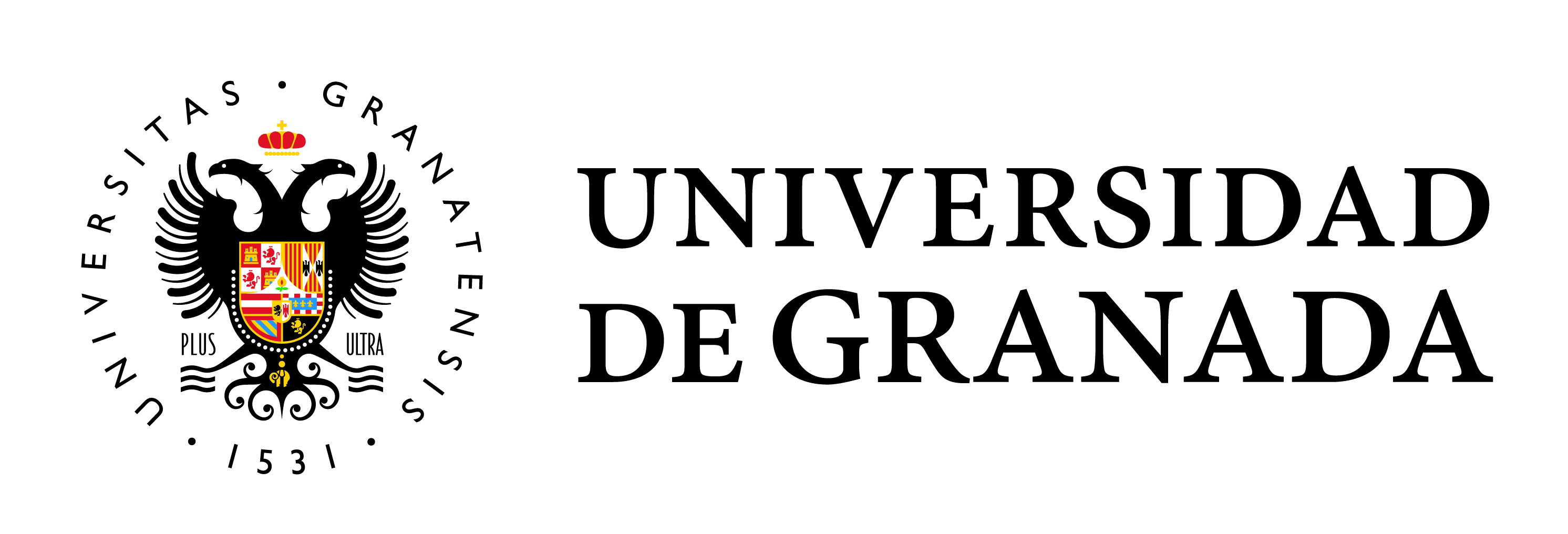Analysis of seismic risk in urban areas by means of geographical information systems. Application to Granada town
Main Article Content
Abstract
The analysis of seismic hazard in urban areas frequently is not made considering all the necessary studies. In general, only those aspects related to building quality are considered without any consideration to site effects or, alternatively, only the seismic hazard is focused. A seismic risk assessment is obtained not only from an estimation of the seismicity and its amplification or attenuation effects, but also considering the vulnerability of the elements at risk. Using GIS tools, in this paper, first a preliminary, quick and easy estimation of the vulnerability of the buildings in Granada town is obtained from different factors. Then, considering the expected maximum earthquake in the Granada basin (Mw = 6.5), the seismic risk is assessed, as expressed by the number of affected buildings and the likely degree of losses, as also its effects on the population. Finally, the degree of uncertainty of the obtained results and its meaning as an indicative approach are discussed. Also, the need of a deeper consideration of the risk assessment of linear structures and singular buildings not analysed in this research is pointed out.


